What is water soluble packaging?
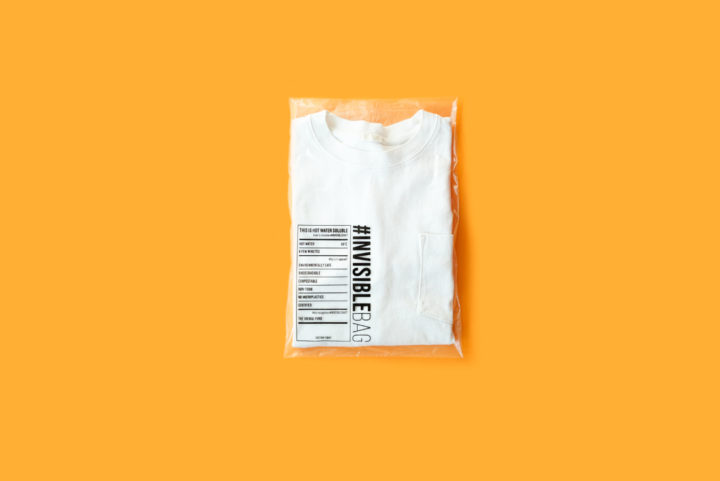
We are addicted to convenience. And, until now, we have designed in a way that fuels and maintains our addiction. The innovations in plastics production over the course of the twentieth century made it the staple material for pre-consumer and consumer-facing packaging. The material’s plasticity and comparatively low price made it ideal for brands in search of a lightweight material that could simultaneously cut costs, make efficiencies in their supply chains, and allow them to stand out on the shelf. Only now are we reckoning with the true impact of plastic on our environment. The problems lie at the beginning and end of the material’s lifecycle. Almost all modern plastics are currently manufactured from by-products of the petrochemical industry (the most common classes are ethylene and propylene). This means the consumption of plastics supports the continued extraction of fossil fuels. At the other end, we are yet to implement effective disposal or recycling systems that prevent tonnes of pre- and post-consumer plastic from ending up in waterways and landfills around the world.
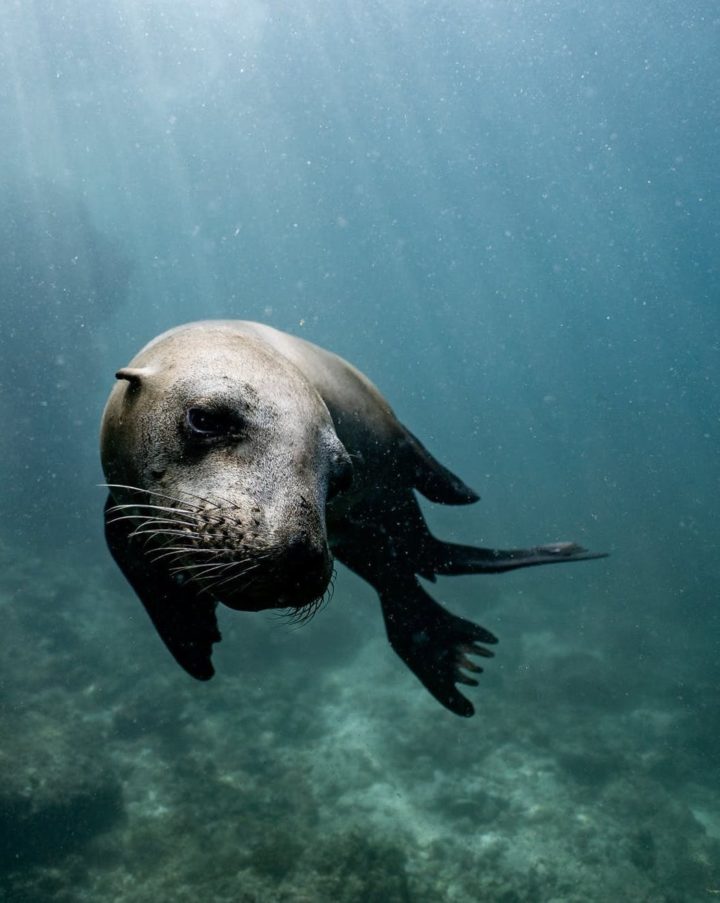
We all accept that something needs to change – but what exactly? Well, everything, according to Professor Tony Ryan, Director of the Grantham Centre for Sustainable Futures. “We have to change the way we make packaging,” he advised at a recent conference on sustainable materials. “We have to change the way we use plastic, and we have to change the whole business model.” This is particularly important for brands looking to reduce their reliance on plastics. Tinkering at the edges will not cut it. To truly make a difference, brands require an overarching strategy that filters into pre-consumer, consumer-facing and internal use of plastics.
So, it’s clear that we cannot treat each element in isolation; instead, we need to think across disciplines and explore novel solutions that establish zero-waste designs, sustainable production methods and better consumer disposal practices. One material – an innovative, dissolvable plastic – is on a journey towards doing just that. Before we go any further, we should make clear that this material is a plastic. Some might claim it to be ‘non-plastic’ or ‘plastic-free’; however, like almost all other plastics on the market, it is derived from ethylene. In its current form, it isn’t going to revolutionise the plastic production process.
However, its value lies in its potential to change the way businesses and individuals dispose of their problematic plastic packaging. The material itself has actually been in circulation for some time. Chances are, you’ve already used it. Its unique properties make it ideal as a moisture barrier film for food supplement tablets, pharmaceutical capsules, and dry foods with inclusions that need to be protected from moisture uptake. It has also been used as a wrap for dissolvable laundry tablets, and even in healthcare for surgical stitches. But what if other industries – retail, fashion, beauty, or consumer electronics – could find a way to integrate water-soluble plastics into strategies that create a more sustainable future?
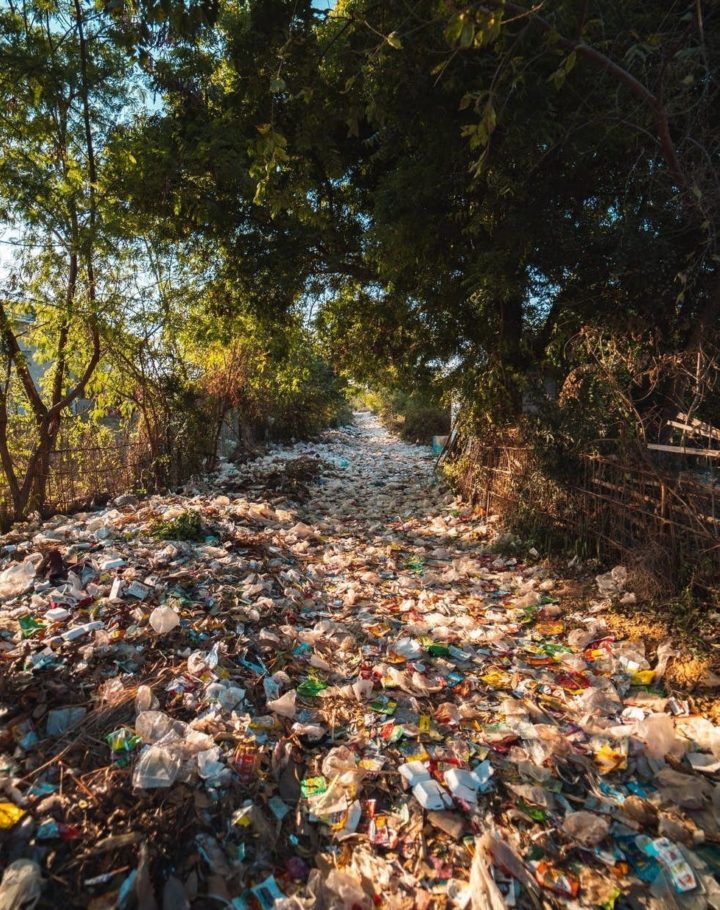
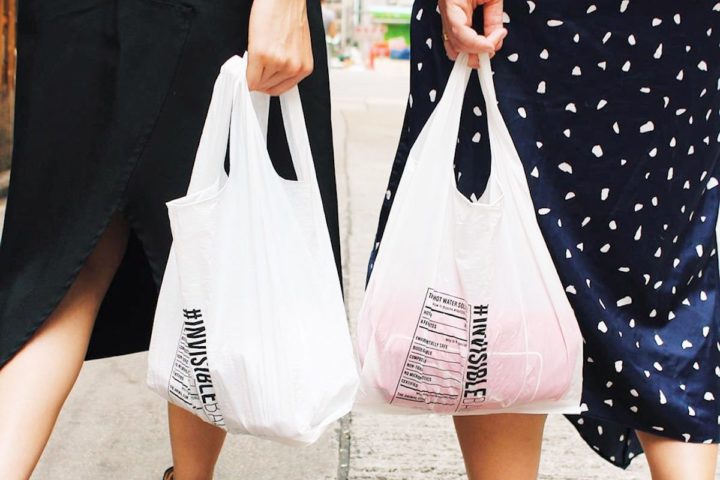
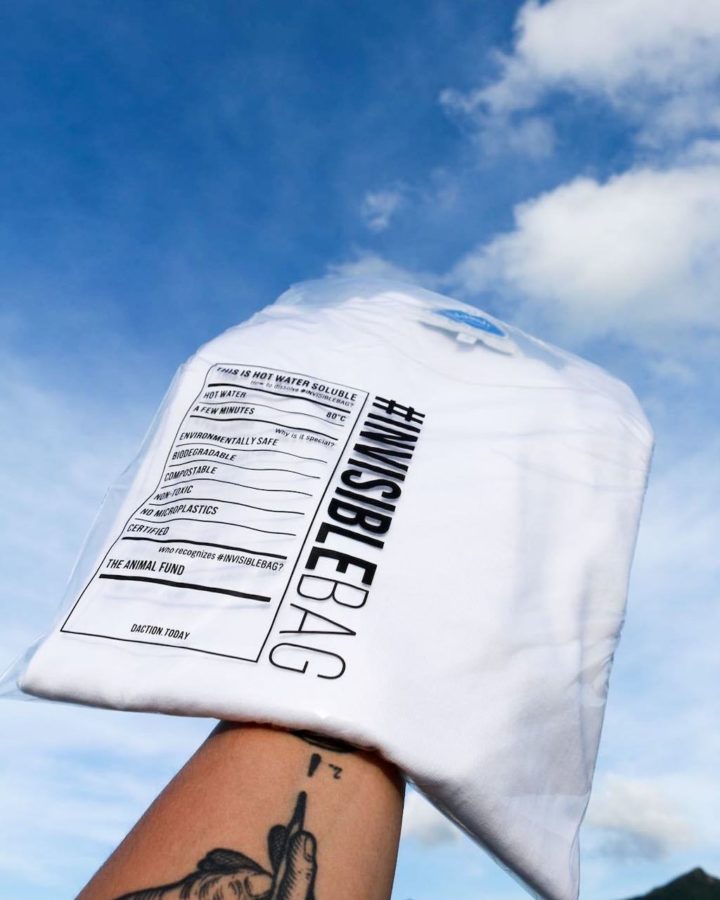
We know that these industries consume vast amounts of pre-consumer and consumer-facing plastic – so what’s stopping them making the switch? Here are a few ideas of how dissolvable plastics can be incorporated into a brand’s sustainable ecosystem: Pre-consumer: Packaging: packing film, bags with seal for transportation, product covers in distribution centres. Consumer-facing: Retail bags, product packaging, garment bags, paper lamination. Internal: bin liners, laundry bags. The material’s properties should certainly appeal to anyone with an eye on design, brand messaging or environmental governance.
The plastic is water-soluble, biodegradable, certified compostable and releases no harmful toxins. Unlike conventional alternatives such as Polyethylene (PE) and Polypropylene (PP), it does not release harmful microplastics. It’s strong and durable, puncture-resistant and has high tensile strength. It’s also soft-touch, colourable and printable. In its finished form, it combines the functional capabilities of conventional single-use plastics, whilst offering a safe end-of-life. And it’s convenient: the only action the consumer needs to take is to boil the kettle, pour the hot water onto the plastic and watch it dissolve. What’s not to like?

Now for the technical bit. The base polymer for this plastic is polyvinyl alcohol (PVOH). It is an odourless, tasteless and translucent (approximately 98% transparency), white or cream-coloured granular powder, which can be thermo- processed to make a range of bags and films. As we noted earlier, it’s not perfect: the current base PVOH polymers are derived from petro-refining, and large-scale assessments of its impact on water systems are yet to be completed.
However, the switch to bio-based PVOH, derived from cellulose, is imminent. The only reason there is no significant manufacturing of the bio-based version at present is due to demand. But, as demand grows, the lifecycle of dissolvable plastic products will become increasingly renewable. What’s more, this dissolvable plastic is far more durable than conventional alternatives. This means that less material is required for production. For example, the recommended thickness of a standard garment bag, made from conventional plastic, is 40-60 microns; thanks to its improved durability, the same garment bag, made from dissolvable plastic, would be just 25 microns. All of which means that brands now have the opportunity to write a sustainable story with this dissolvable plastic – one which makes a meaningful difference to their long-term ambitions on environmental governance.
If you like what you’ve seen in this article and would like further information on this or other sustainable materials, please contact info@nirvanacph.com. We’ll be more than happy to help you tell your brand’s sustainable story.
Posted 22 March, 2021 by Katie Kubrak